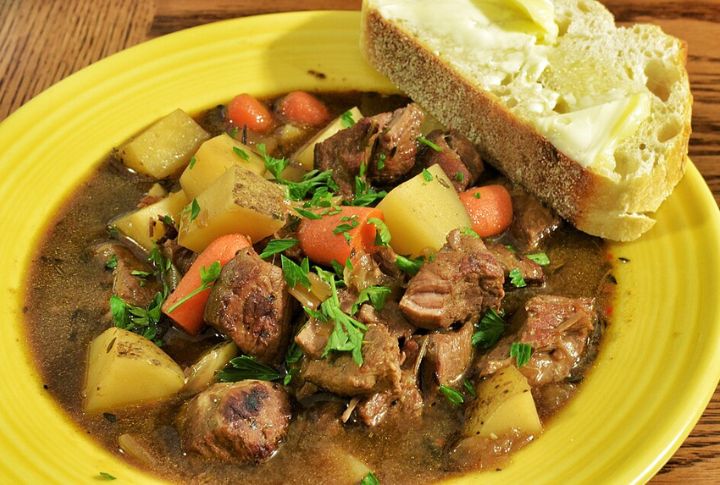
Irish food has a way of wrapping you in warmth, with simple flavors and a bit of old-world charm in every bite. Some dishes are passed down through handwritten notes or shared over family meals, hidden in quiet corners. These 20 recipes bring out the lesser-known gems of Irish cooking, each one waiting to be discovered.
Coddle: A Stew Born Of Leftovers
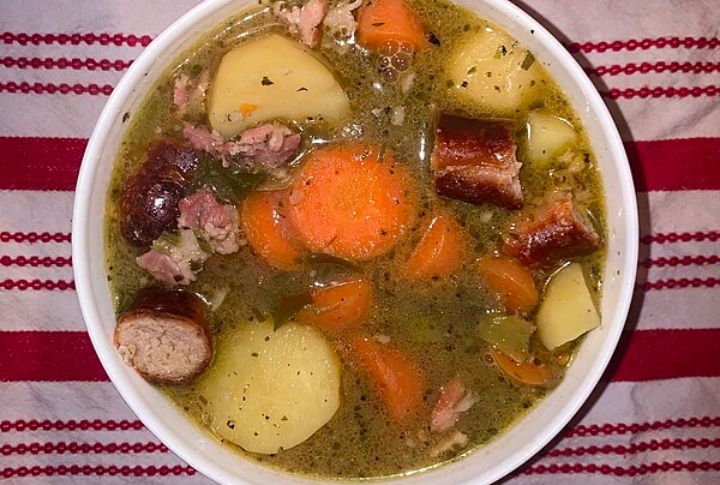
Sausages, rashers, potatoes, and onions go into one pot and simmer until tender. Dublin coddle dates back centuries and was typically eaten on Thursdays to use up leftover meat before Friday fasting. The broth is thick, and the result is surprisingly filling.
Yellowman: Northern Ireland’s Honeycomb Candy
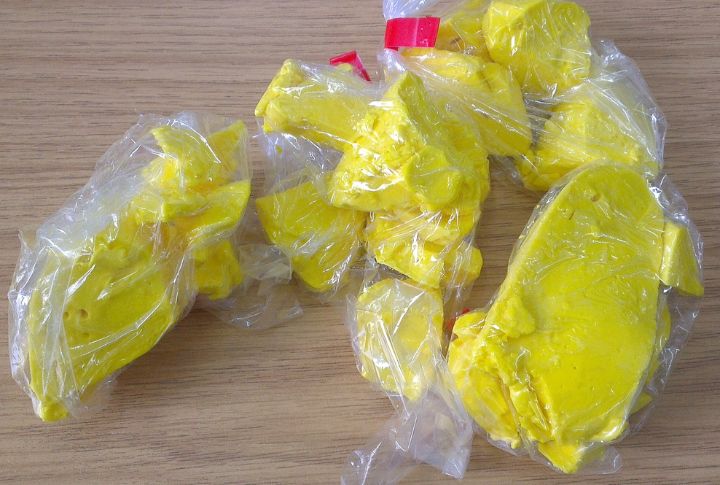
Hard and crunchy, yellowman looks like a chunk of edible amber. Found mostly at fairs, especially the Auld Lammas Fair in Ballycastle, it’s flavored with vinegar and baking soda for that fizzy texture. Best enjoyed broken into pieces and sucked slowly on crisp autumn afternoons.
Boxty: Ireland’s Potato Pancake With A Twist
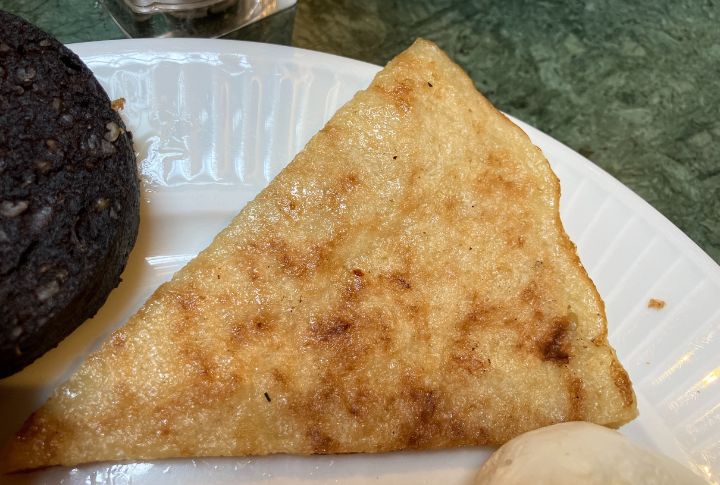
Grated raw potato meets mashed potato in this flour-based pancake from the north midlands. Some folks fry it; others bake it. Either way, boxty is hearty, crispy-edged, and perfect with a slab of butter or alongside bacon.
Blaa: Waterford’s Powdered Bread Roll
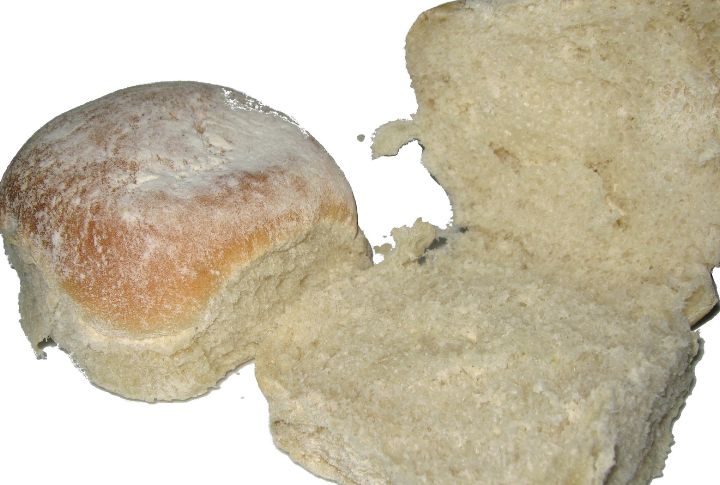
Smooth and pillowy with a dusting of flour, the blaa is a Waterford specialty. Traditionally eaten for breakfast with butter or filled with sausages, it has Protected Geographical Indication (PGI) status. Only four bakeries in Ireland are allowed to produce real blaas.
Colcannon Cakes: Crispy Reimagining Of A Classic
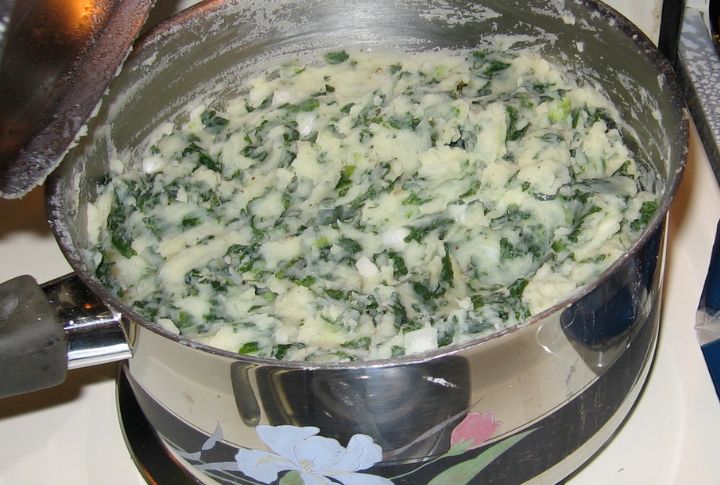
Leftover colcannon—mashed potatoes with kale or cabbage—is pressed into patties and fried until golden. These cakes are crunchy outside, fluffy in the middle, and perfect with eggs or a spoon of relish. It’s a smart way to stretch one meal into two without wasting a single hearty bite.
Barmbrack: Bread That Tells Your Fortune
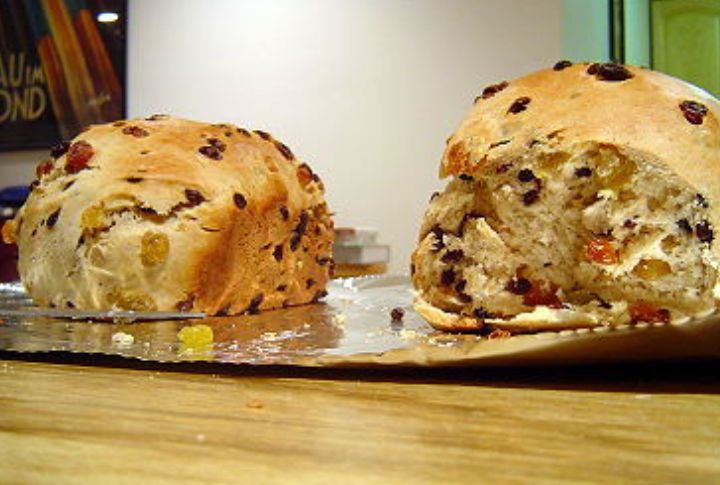
Sultanas and raisins soaked in tea give this loaf an indulgent, spiced flavor. Traditionally, barmbracks hide a ring, coin, or cloth to reveal fortunes at Halloween. Toasted with butter, it’s still a tea-time favorite. The name comes from “bairin breac,” meaning speckled loaf.
Skirts And Kidneys: A Hearty Stew From County Cork
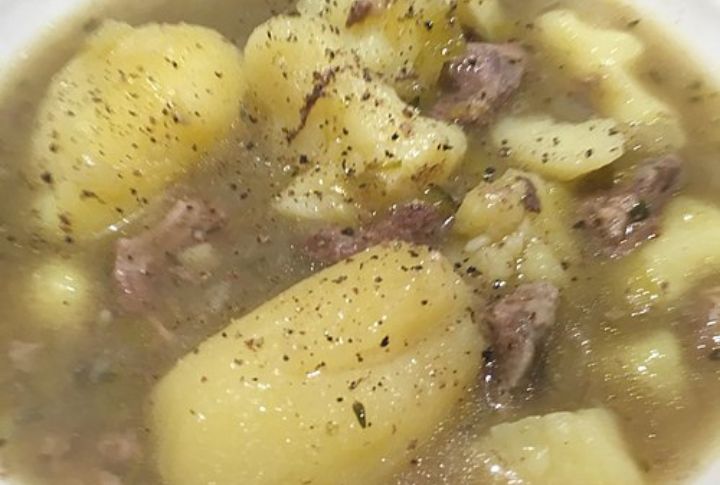
This traditional Irish stew combines pork skirts—thin, tender strips of meat from the pig’s diaphragm—and pork kidneys. Slow-cooked with onions and potatoes, it results in a rich, flavorful dish. Particularly associated with County Cork, skirts and kidneys were a staple for families seeking nourishing meals from affordable cuts.
Flummery: Soft, Sweet, And Forgotten
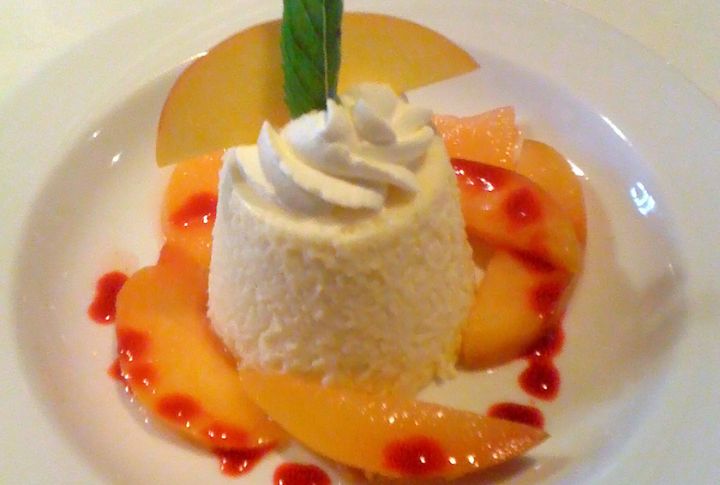
Flummery was once a dessert staple made with oatmeal water thickened into a smooth jelly. Lemon or rosewater sometimes flavored it, and cream or jam made it feel fancy. Nearly extinct today, it tells the story of simple Irish sweets before sugar became cheap and widely available.
Black And White Pudding: Ireland’s Breakfast Power Duo
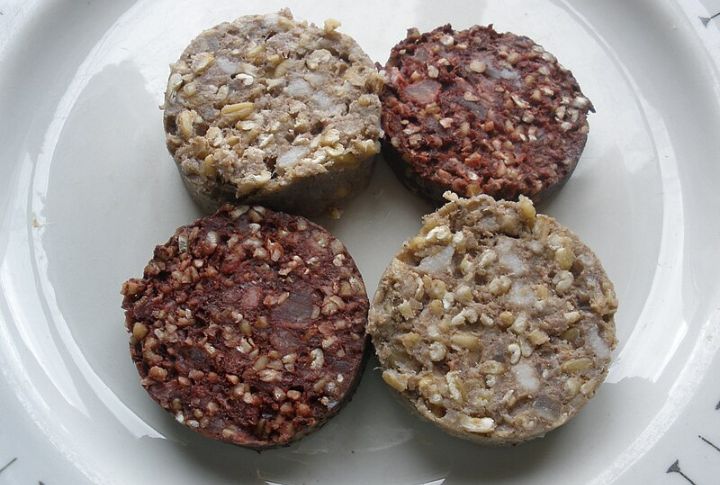
Black and white puddings are hearty, flavorful sausages made with oatmeal. The black pudding contains pork blood, while the white version does not. Both are grilled to achieve a crispy exterior and a soft, tender interior. They’ve been a traditional part of Irish fry-ups for over a century, often served alongside eggs and toast.
Champ: Mashed Potatoes With An Edge
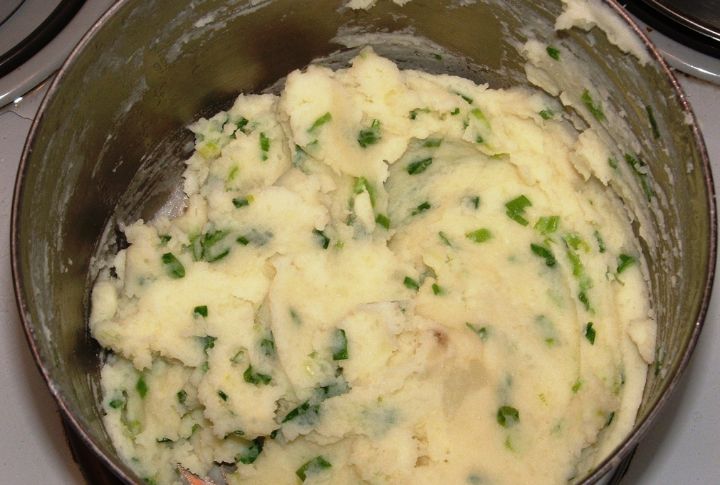
In this northern dish, creamy mashed potatoes are upgraded with scallions and butter. Unlike colcannon, which uses cabbage or kale, champ keeps it simple and oniony. A well of butter melted in the center is scooped from the edges and dipped like fondue.
Potato Furls: Griddled Comfort With A Floury Finish
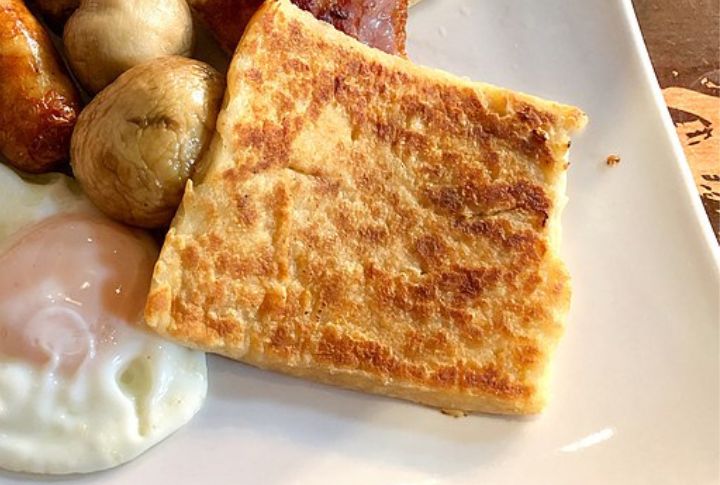
Flattened rounds of potato dough, dusted with flour and cooked on a griddle, furls are pillowy at the center with a slightly crisp crust. They’re often served warm with salted butter, so they’re a cousin to soda farls. Long favored in Ulster, they turn essential ingredients into something instantly comforting.
Rhubarb Tart: Tangy Tradition Wrapped In Buttery Pastry
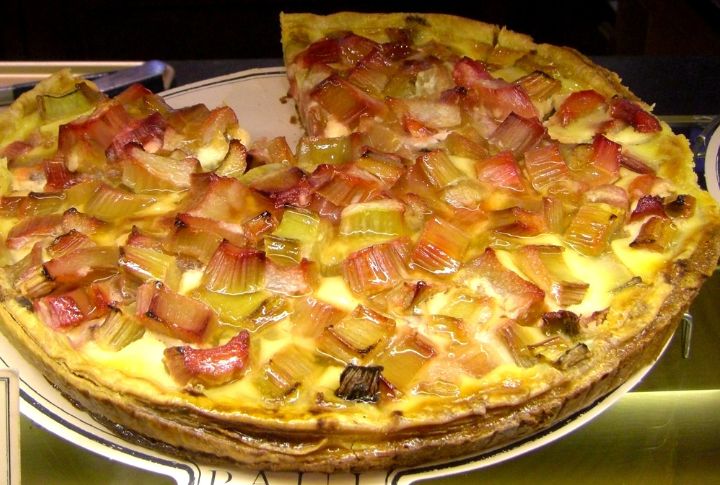
Tart rhubarb chunks sweetened with sugar and baked in a flaky crust—this classic dessert is found in springtime Irish kitchens. Some cooks use lattice tops, while others use full crust. Warming it and adding cream or custard creates a delicious balance of sharp and sweet.
Drisheen: Cork’s Signature Blood Pudding

Soft, spongy, and a little gelatinous, drisheen stands apart from black pudding. Made from sheep’s blood and seasoned with salt, it’s often eaten with tripe. Popular in Cork, it has deep roots in Irish culinary history. It may not be everyone’s first pick, but it’s uniquely regional.
Burren Smoked Salmon: Cold-Smoked With Atlantic Air And Oak
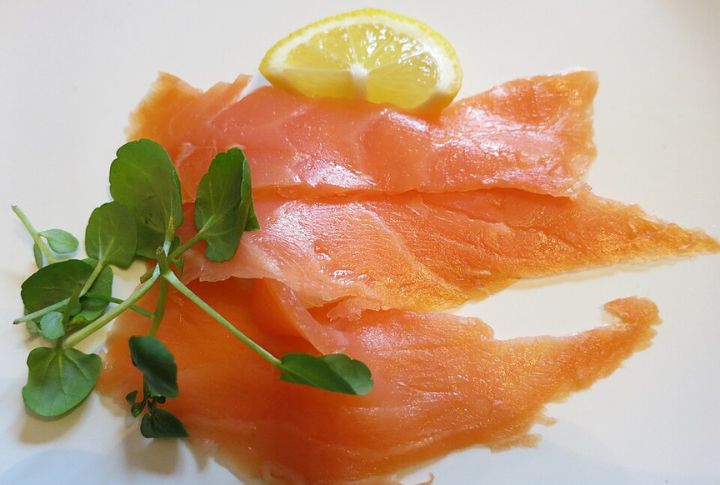
Silky slices of salmon get cured and cold-smoked over oak shavings in County Clare. Burren Smokehouse keeps things traditional—curing wild Atlantic salmon and finishing it over smoldering oak without overpowering the fish. The result is buttery, subtly smoky, and prized by chefs across Ireland for its clean, elegant flavor.
Limerick Ham: Clove-Studded And Glazed To Perfection
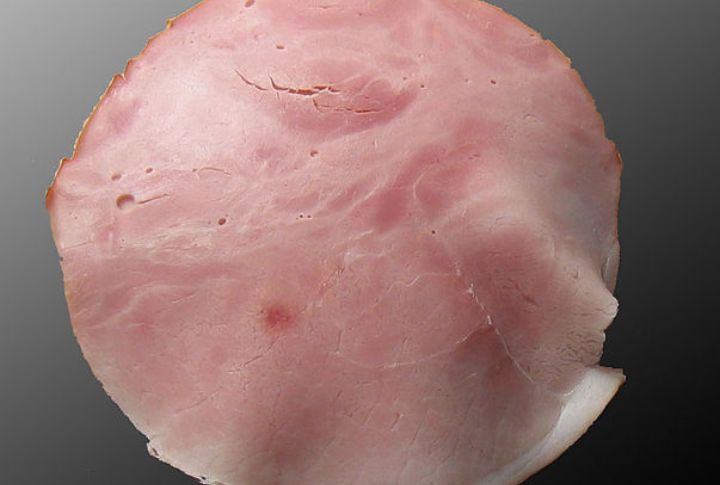
Cured in brine and gently boiled before baking, Limerick ham is often finished with a sticky glaze and cloves. The slow cooking locks in moisture while the spices add depth. A holiday favorite in Munster, it’s usually served sliced thick with colcannon or mashed turnips.
Crubeens: Pig’s Trotters Done The Irish Way
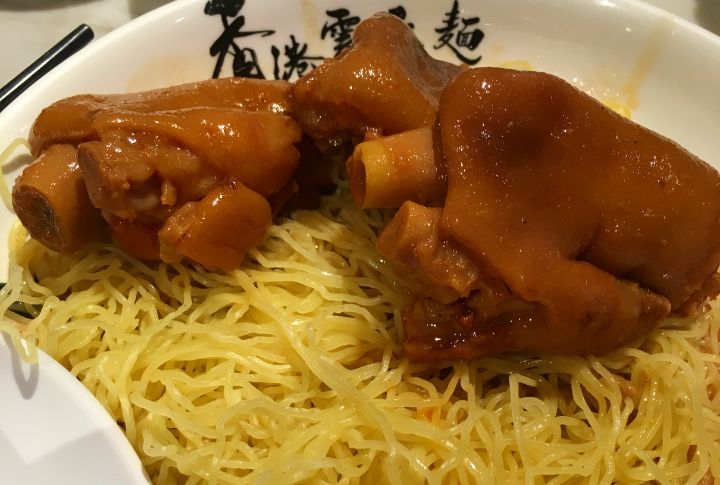
Crispy on the outside and tender inside, crubeens are boiled pig’s feet typically fried after long simmering. Traditionally plated with mustard or vinegar, they were once a pub favorite across Dublin. They are not as common today, but locals still swear by the bold taste and nostalgic appeal.
Irish Stew: A One-Pot Classic Full Of Rustic Goodness
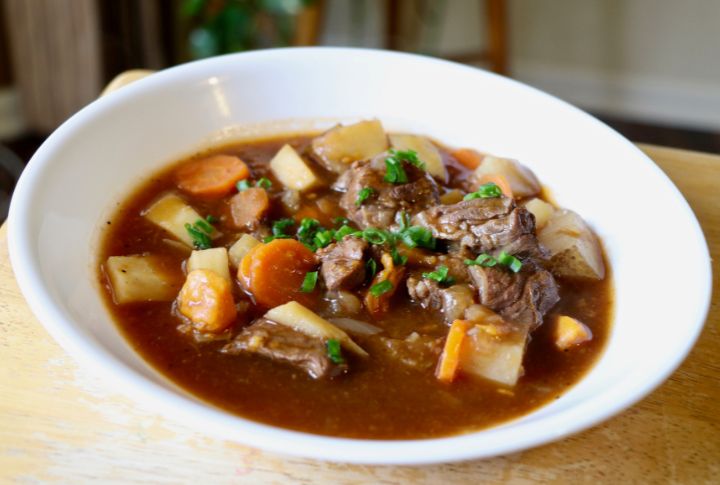
Tender chunks of lamb or mutton are slow-cooked with potatoes, onions, and carrots in this hearty comfort dish. Traditional recipes use minimal seasoning—just salt and pepper. It’s a beloved national dish for a reason. Simple and perfect for warming up the family on cold days, it never fails to satisfy.
Carrageen Moss Pudding: Seaweed Turned Dessert
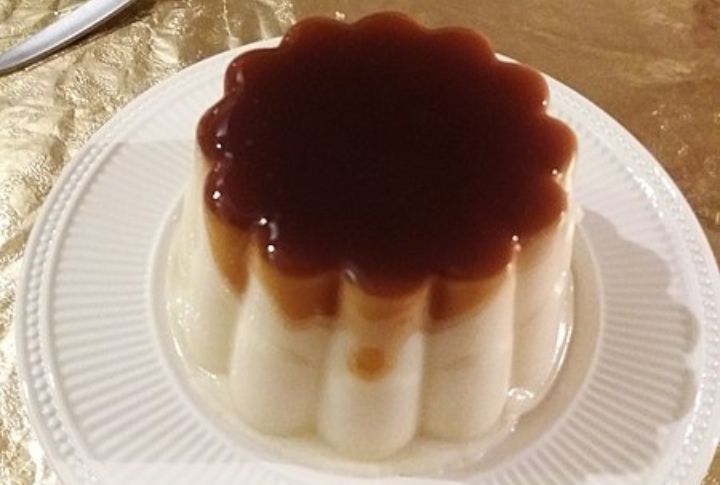
Harvested off the Atlantic coast, carrageen moss (seaweed) is boiled and strained to create a light jelly. It is mixed with milk, sugar, and vanilla and sets into a silky pudding. Rich in minerals and once used medicinally, it’s a surprisingly elegant dessert with roots in coastal cottage kitchens.
Stampy: Raw Potato Flatbread From The Midlands

Grated raw potatoes are mixed with flour and a pinch of salt, then flattened and cooked on a griddle to make stampy. Known mainly in counties Offaly and Laois, it has a rustic texture with crispy edges. Traditionally served with butter or dipped in buttermilk, it highlights Ireland’s creative use of potatoes.
Griddle Bread: No Yeast, No Fuss
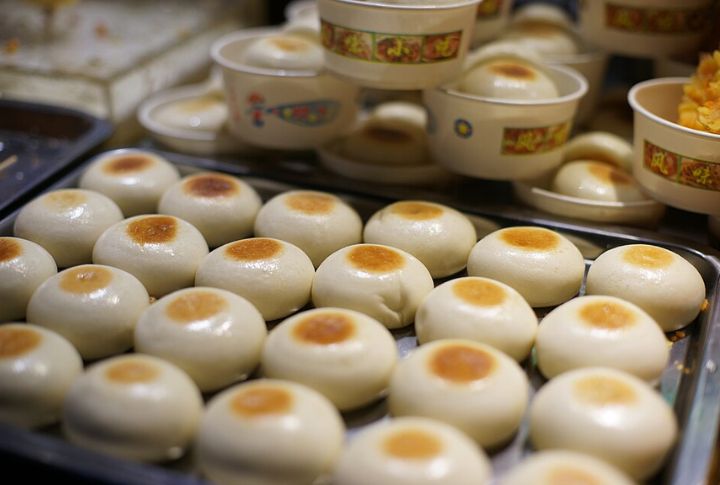
Griddle bread is made without yeast and rises with baking soda instead. It’s cooked on a flat pan, resulting in a fluffy inside and golden outside. Quick and easy to prepare, it’s a staple in Ulster kitchens. Enjoy it warm with honey or cold in a lunchbox.
Leave a comment